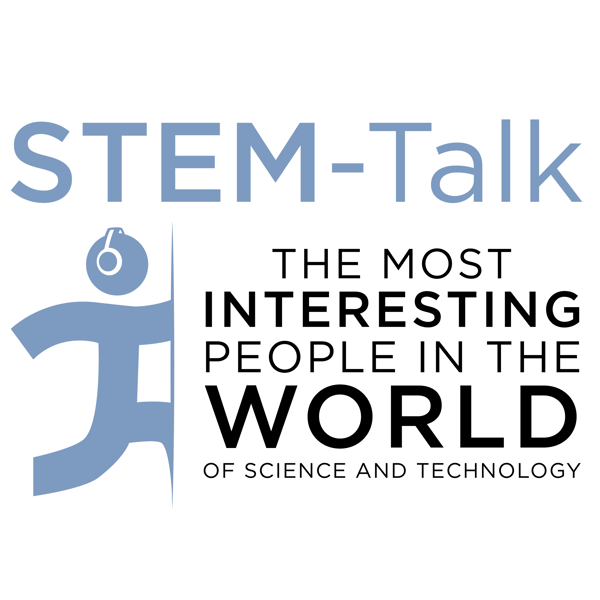Episode 139: Matt Kaeberlein discusses healthspan, longevity, and rapamycin
STEM-Talk
Dawn Kernagis and Ken Ford
4.6 • 694 Ratings
🗓️ 25 July 2022
⏱️ 88 minutes
🧾️ Download transcript
Summary
Transcript
Click on a timestamp to play from that location
| 0:00.0 | Welcome to STEM Talk. |
| 0:02.0 | STEM Talk. |
| 0:03.0 | STEM Talk. |
| 0:04.0 | STEM Talk. |
| 0:05.0 | Welcome to STEM Talk, where we introduce you to fascinating people who passionately inhabit the scientific and technical frontiers of our society. |
| 0:15.0 | Hi, I'm your host, Don Cornagus. |
| 0:17.0 | And joining me to introduce today's podcast as the man behind the curtain, Dr. Ken Ford, |
| 0:26.0 | IHMC's director and chairman of the double secret selection committee that selects all the guests who appear on STEM Talk. |
| 0:28.2 | Hello, Don. Great to be here. |
| 0:35.0 | Our guest today is Dr. Matt Caberline, a professor of pathology at the University of Washington, |
| 0:38.6 | who investigates the basic mechanisms of aging to facilitate interventions that promote health span and lifespan. |
| 0:42.7 | So in today's interview, we talked to Matt about the biology of aging and what he's learned |
| 0:46.7 | about slowing the aging process. And also some of Matt's most fascinating research has shed |
| 0:51.0 | new light on rapamycin, the only known pharmacological agent to extend |
| 0:55.0 | lifespan. His paper that reported short-term rapamycin treatment later in life could delay aging |
| 1:00.1 | in humans received a lot of attention, and today we talked to him about that paper, as well as |
| 1:04.5 | his research showing rapamycin could reduce the mortality of companion dogs, and that's research |
| 1:08.6 | that landed on the front page of the New York Times and received prominent play in the national media. |
| 1:12.6 | In addition to his work in his lab, Matt is also co-director of the Nathan Shock Center of Excellence |
| 1:17.6 | and the Basic Biology of Aging, and the founding director of the Healthy Aging and Longevity Research Institute |
| 1:22.6 | at the University of Washington, and he's also the founder and co-director of the dog aging project. |
| 1:28.0 | Before we get to our interview with Matt, we have some housekeeping to take care of. |
... |
Please login to see the full transcript.
Disclaimer: The podcast and artwork embedded on this page are from Dawn Kernagis and Ken Ford, and are the property of its owner and not affiliated with or endorsed by Tapesearch.
Generated transcripts are the property of Dawn Kernagis and Ken Ford and are distributed freely under the Fair Use doctrine. Transcripts generated by Tapesearch are not guaranteed to be accurate.
Copyright © Tapesearch 2025.

